Notes
Harvey Unprecedented? What About 2 Weeks Ago in Sierra Leone?
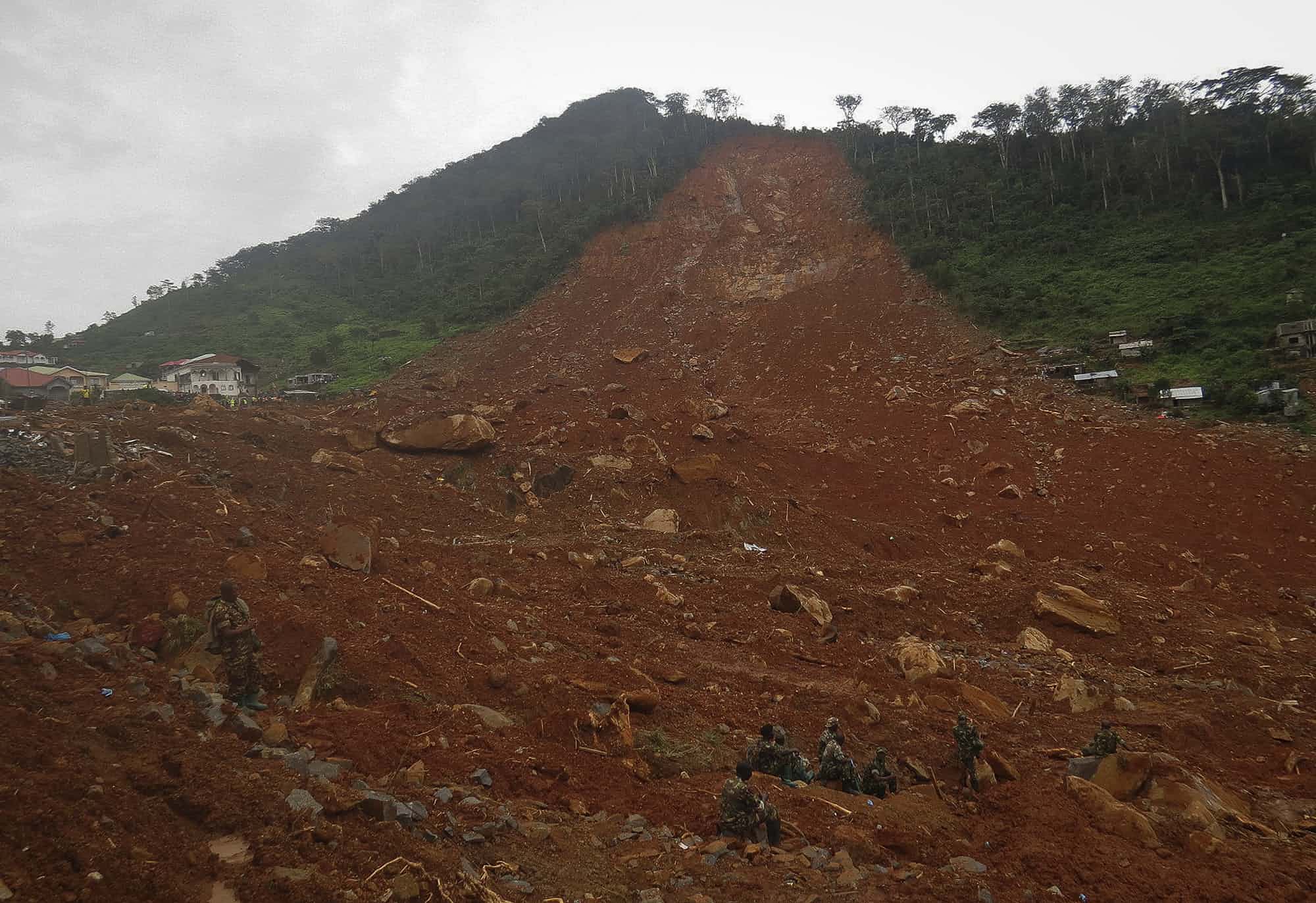
At first glance, the pulse of brown earth rushing down the mountain, flanked by two green arms, creates a breathtaking monumentality. Until, that is, the darker patches in the foreground come into view as soldiers taking a break from their rescue work. The whiplash movement from appreciating the grandeur of the landscape to identifying people and houses forces us to encounter the scale of the devastating mudslide that occurred on August 14 in the outskirts of Freetown, Sierra Leone.
The photograph repeatedly, emphatically, calls attention to scale for this colossal mudslide killed at least 499, as of the latest reports, with over 600 missing and more than 3,000 displaced from their homes. We see no death here but it envelopes the landscape as do the traumas that will persist for the living.
Despite repeated warnings, the government made little attempt to halt the overcrowded housing conditions on Mount Sugar Loaf and other surrounding hills. On either side of the mudslide, a few houses remain visible. News reports identify the causes as an excessive rainy season coupled with deforestation, poor infrastructure and Freetown’s location below sea level. The contrast between tiny vulnerable houses and the massive brown mud visualizes this narrative about the economic, political and environmental forces to blame for this catastrophe.
Scale can be an illuminating measure of a disaster but it can also be misleading. The caption states that the mudslide occurred after some of the heaviest flooding in Africa in two decades. Why scale this event against that of the whole continent of Africa? Why Africa and not the nation of Sierra Leone or the region? Defining this mudslide in relation to the continent here risks naming this as one more crisis alongside famine, drought, epidemics and war that have come to embody “Africa” in the Western news media.
Yet, even as we might want to shy away from such stereotyping, there are good reasons, as climate scientists remind us, to recognize that shifting weather patterns are never just local phenomenon. Instead, two centuries of industrialization, consumption of fossil fuels and other pollutants have provoked substantial changes in global climate systems.
Last Saturday, Americans also experienced the forces of climate change when Harvey hit the Texas coast as a category four hurricane and continued as a tropical storm to unleash extensive rain on the region. Like coverage of the mudslide, scale has been crucial to visual reporting of the storm. Literally thousands of photographs and videos circulating on websites and news outlets attempt to capture the massive destruction caused by a storm the National Weather Service described like this:
This event is unprecedented & all impacts are unknown & beyond anything experienced. Follow orders from officials to ensure safety. #Harvey pic.twitter.com/IjpWLey1h8
— NWS (@NWS) August 27, 2017
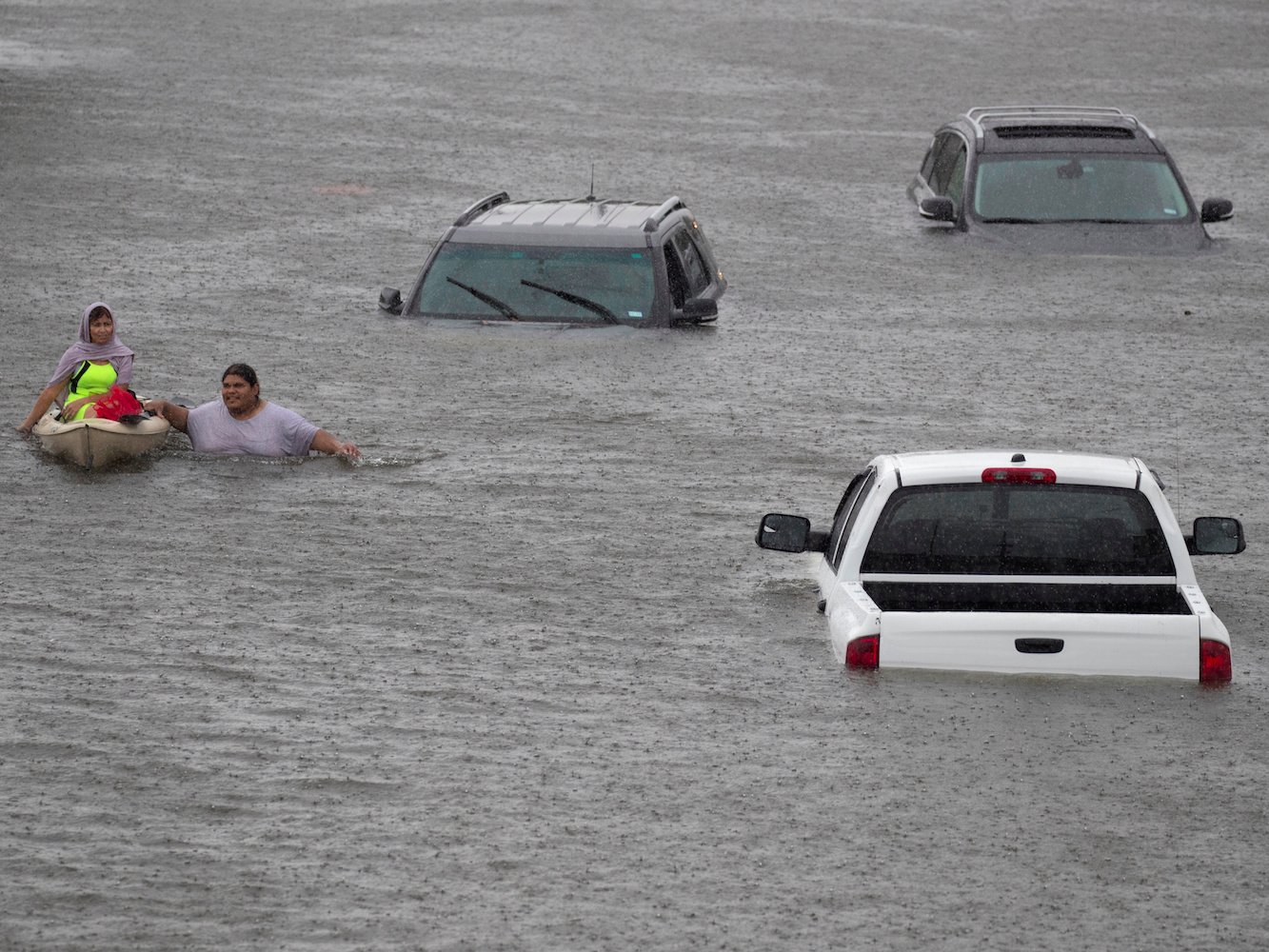
In this picture, the photographer tightens the frame so that all we see is water up to the arms of a person pushing a young woman in a canoe next to three stranded cars. In contrast to the gray bleakness of the all-encompassing water, the woman’s bright green clothing and red bag draws our attention to the struggling survivors. The photograph effectively balances between two visual scales, that of the enormous expanse of water and the intimate human scale of human struggle.
Here, the framing puts us in the foreground of the scene, bringing us in close as if this water surrounds us too. News reports likewise encounter the dilemma of scale when describing catastrophe. One solution has been to compare Harvey to previous US storms, most prominently Hurricane Katrina. Dramatic shifts in weather patterns over the past two decades take much of the blame but so too do economic and political factors. As in New Orleans, rampant development in Houston has come at the expense of flood control, making it all but impossible for the reservoirs to absorb the excessive rainfall. Yet, even as the unfolding horror for thousands of people caught in Harvey’s wake continues, is the focus on the US the right scale to grapple with the magnitude of climate change?
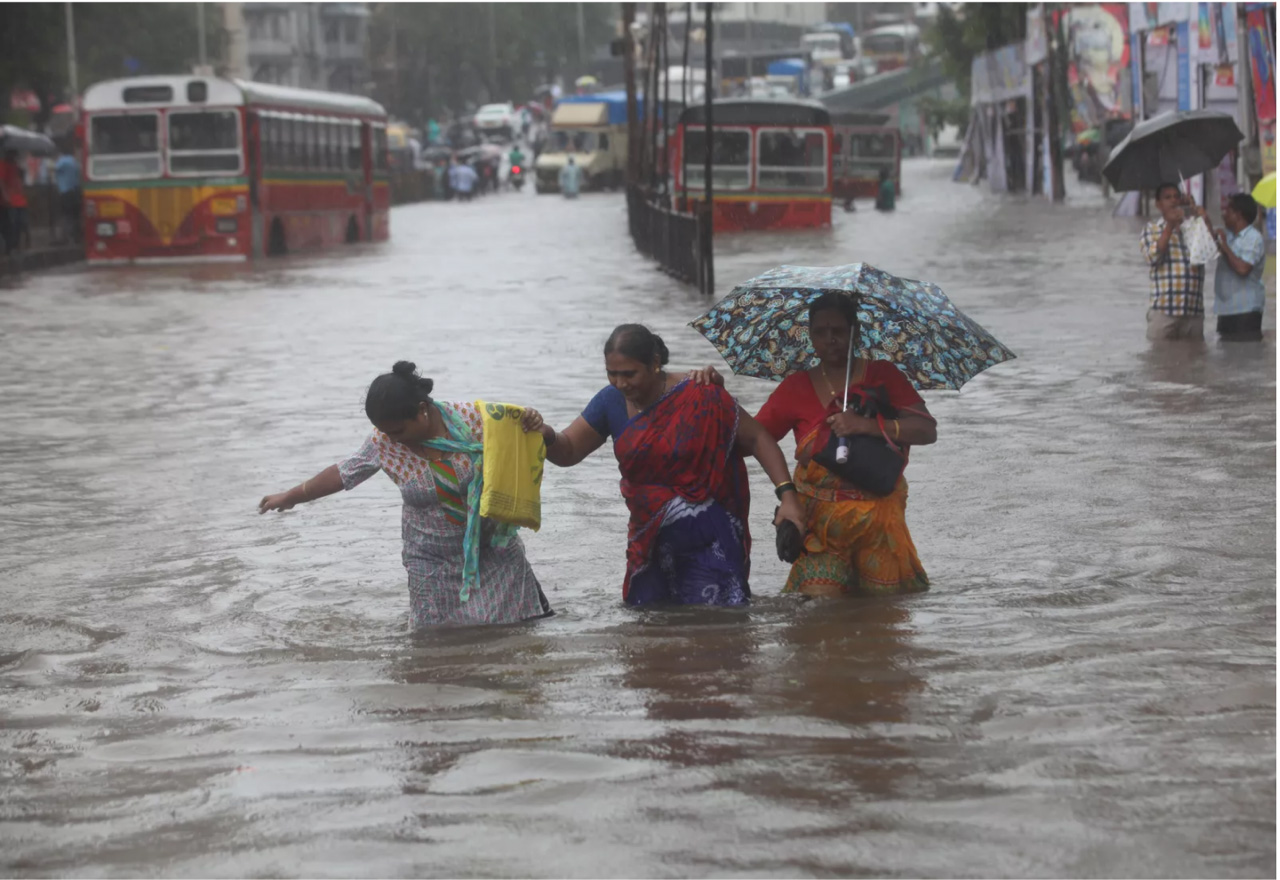
Just as the sun re-emerged in Houston, American news media began reporting on two weeks of horrendous flooding in South Asia that has killed at least 12,000 and affected over 41 million. Yet another immense catastrophe, with more scenes of flooding and misery. Similar to the Harvey flood picture, the photographer foregrounds three women in brightly colored saris wading through a gray wall of water flooding the street.
While the full impact of Hurricane Harvey will not be known for a while, and the death toll is mercifully smaller than either the monsoon or the mudslide, the rapid succession of these monster storms begs us to make larger connections. What scale, though, to use to make visible the global processes that connect these events? On the one hand, there is the intimate scale of individual suffering and heroism. On the other is the more abstract, but no less valuable scale of scientific, sociological and historical data. While answers feel elusive amid so many catastrophes, finding a balance between them remains an urgent necessity.
– By Wendy Kozol
Photo: Manika Kamara/AP. Caption: Freetown, Sierra Leone: Security forces rest while searching for bodies after a mudslide engulfed houses near the capital. A national emergency was declared after Freetown was hit by heavy flooding, thought to be Africa’s worst in two decades. The city’s mayor, Sam Gibson, said 270 bodies had been recovered; Photo 2: Adrees Latif/Reuters. Caption: Jesus Rodriguez rescues Gloria Garcia after rain from Hurricane Harvey flooded Pearland, in the outskirts of Houston, Texas, U.S. August 27, 2017; Photo 3: Imtiyaz Shaikh /Anadolu Agency/Getty Images. Caption: Indians wade along a flooded street during heavy rain in Mumbai, India on August 29, 2017.
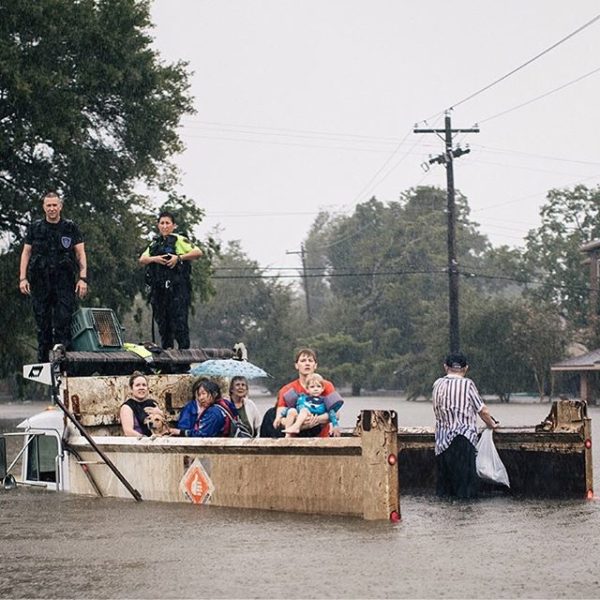
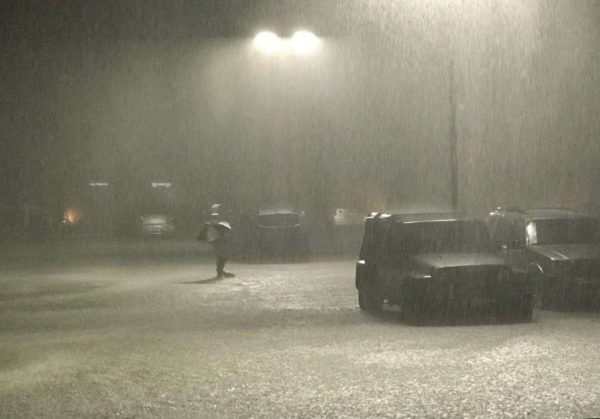
Reactions
Comments Powered by Disqus